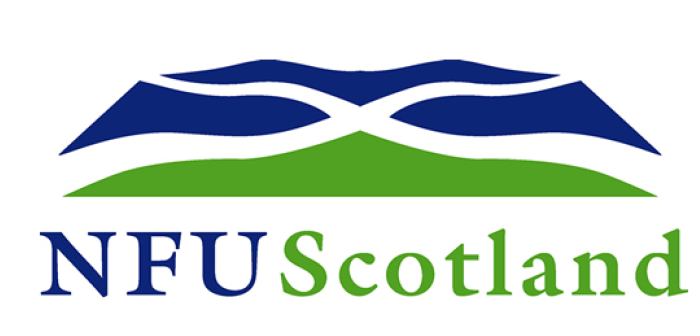NFU Scotland has called the latest stall and fall in milk prices as disappointing and ill-judged.
Market signals around commodity prices, production at world and EU levels and global dairy auction results are all positive and the Union is keen that milk buyers give a strong sign to their suppliers that any price cuts will only be temporary.
This week saw Scottish farmers supplying the European co-op Arla receive news that their June price is to be cut by 0.4p per litre.
NFU Scotland’s Milk Committee chairman James Rankin, who farms at Badenheath near Cumbernauld said: “The recent stall and fall in milk prices is very disappointing and, for Scottish dairy farmers, it seems ill judged and lacking in genuine justification.
“European and global market indicators for dairy commodities are positive and production projections show a reasonable balance between supply and demand.
“At a UK level, we have very high butter and cream prices and a robust trade for cheese. These indicate that farmgate prices should be at least 28p per litre and not the 26p per litre or less than most Scottish farmers are receiving.
“Figures produced by the levy body AHDB Dairy show that the cost of producing milk on farm, even for the top 25 percent of dairy farmers, is still around 26p per litre so there is no room for them to secure a positive margin and invest at these milk prices.
“Scottish dairy farmers proved their resilience in surviving the last two years, but balance sheets and confidence remain fragile, and the dairy supply chain must recognise the need to deliver pricing and supply mechanisms that delivers profitable prices over the long term, and manage volatility in the short term.
“Milk production going into the autumn should not be taken for granted if the price signals from the rest of the supply chain are simply not there.
“NFU Scotland has an ongoing dialogue with all processors and retailers where we have consistently pressed the case for transparent and fair pricing and volume agreements for all. Currently, this is not the case and too often the ‘buck’ stops at the farm gate. Even processors can see that the dairy farmer carries the bulk of the risk when it comes to milk production.
“There remains a crucial need for those who are responsible and progressive in the supply chain to stand out from the crowd, and isolate those processors who drop prices in an opportunistic manner, ‘just because they can’.
“We have a mechanism in the voluntary Code of Practice on milk contracts, which we are urging government and industry support to make more relevant, potentially via the Grocery Code Adjudicator. Should that voluntary approach fail, then there is a case for the code to be made compulsory.”


